An immersive week aimed at investigating the relationship between human beings and the environment, with a focus on sustainability, climate change and art: this was, in short, one of the key objectives of Re:Earth, an artistic residency held in Biella with the support of MiBACT and SIAE – as part of the programme ‘Per Chi Crea’ – in collaboration with Cittadellarte. The experience engaged seven young creatives from all over Italy selected among the 75 applications received in response to the ‘call for artists’, who took part in a series of educational and awareness activities on the key topics of the project. As reported in our previous article, the goal of the experience was to find an artistic synthesis, a poetic declination, to introduce the theme of the residency to a potential audience of clubs, festivals and places of culture. The creative approach of the residents was contaminated and driven by leading names from the music industry and the world of art, involved in thematic meetings, discussions and dedicated talks.
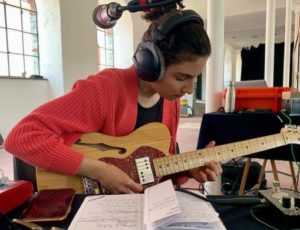

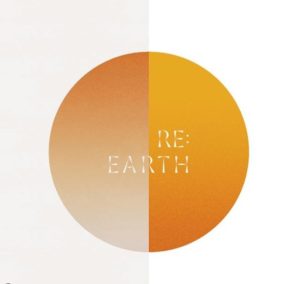
We spoke to Andrea Cussotto, who, together with Hydro and Jazz:Re:Found, conceived and drafted the project, and participated in the residency as a production assistant to Denis Longhi. Cussotto began by mentioning the meetings (held on line because of the pandemic) in which the residents took part before the actual residency, that is, three video calls with tutors Denis Longhi, Raffaele Costantino and Alioscia Bisceglia: “The online meetings made it possible to approach the work of the residency – said Cussotto – informing the participants of topics and objectives”. The seven selected participants spent a week at Cittadellarte, setting up a studio in the space of Via Cernaia, on the floor below the permanent home of the Third Paradise.
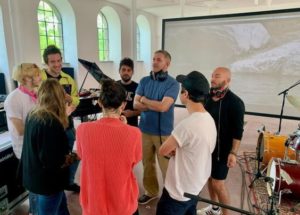
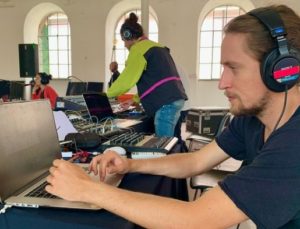
After a visit to Cittadellarte and once the operational base had been set up, other key figures started contaminating the operations: “The second day we travelled to Valle Cervo, where we carried out field recording activities with Ted Martin Consoli, who illustrated the various techniques for recording the environment”. Another session was held at Trappa di Sordevolo, where the students discovered the local cuisine and visited the Biellese Museum Network site guided by Ruggero Poi, director of Cittadellarte’s Learning Environments Office. “We didn’t want to focus only on Fondazione Pistoletto – said Cussotto – but to give the residents the opportunity to discover the surrounding areas as well. We therefore left our studio to try to get to know the Biellese context in a broader way. Also, Trappa was the perfect setting to talk about the relationship between man and nature”. The young artists then met landscape agronomist Andrea Polidori, who explained to them how, over time, the climate has influenced the city of Biella, and offered an overview of the territory from a landscape and architectural points of view. The meeting with Polidori was not the last one: “We also met Andrea Zanot – added Cussotto – who showed us his ‘Arpabong’ project and told us about the process of designing and communicating a work like his”.
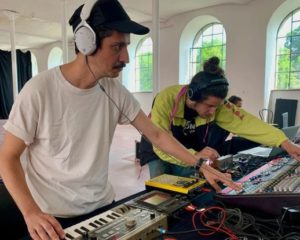
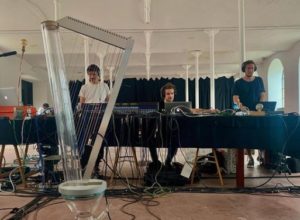
Inspired by the contents of the meetings, the challenge of the residency was to create an audiovisual show on the themes of climate change and the relationship between man and nature. “The meetings we had organised – commented Cussotto – were extremely useful inasmuch as they provided new points of view and reflections. The participants were very good, developing this project in just seven days was not an easy task”. With this in mind, the residents decided to work on different aspects of the show, but always together. “For example – he continued – some wrote the text and others wrote the music. The visual part was handled by a single resident, but from the very start the group gave many conceptual and structural inputs and they were clear-minded in offering their ideas and opinions. In the meantime, they had also acquired images of Cittadellarte and of Biella’s nature. The key moments of the week were illustrated with diagrams and drawings. The resulting group work emphasises the feeling of loss and bewilderment that the participants experienced after the meetings. The show therefore highlights how the residents felt about the issues faced”.
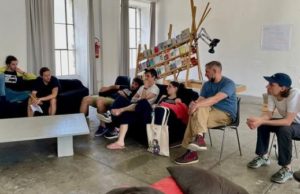

Due to logistical difficulties caused by the pandemic, the restitution of the residency could not take place, and the post-production of the audiovisual show is actually still in progress. The show will in fact be presented at Jazz:Re:Found in September instead. The prospects, according to Cussotto, are positive: “The group of residents was very cohesive and the participants worked as a collective. We shared many intense moments, after all for a week we lived as a community together with people we had never met before. The experience has not ended though: we have created the basis for the show and the collaboration is continuing in view of its performance in September”. Cussotto concluded by revealing a key element of the week: “The Third Paradise was fundamental for the contents of the residency. The messages conveyed by Michelangelo Pistoletto’s sign-symbol were an inspiration for everyone”.

